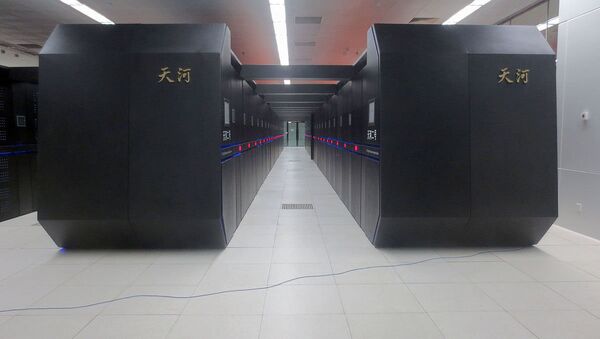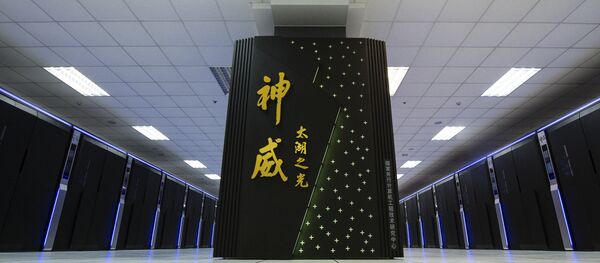“Supercomputers inform us about novel and more efficient ways of using combustion engines and give us new energy solutions in different areas of science,” Professor Dongarra said.
Speaking about the downsides of supercomputers, namely their requirement of massive storage drives, Jack Dongarra said that supercomputers need a tremendous amount of data and consume a lot of power that does not necessarily go into the computer itself.
“The supercomputers we have today require up to 10 megawatts of power and are the size of a basketball pitch.
When asked about the countries that now lead the world in the field of supercomputer design and use, Dr. Dongarra said that “China made tremendous investment in high-performance computing over last 15 years.”
He added that US government officials warned at a meeting in September 2016 that the country was in danger of losing its leadership in supercomputers to China.
“Supercomputers require tremendous investments in terms of financial investments and also in terms of science that goes with the calculations necessary to make proper use of these machines,” Jack Dongarra noted.
He added that the US is no longer number one in terms of computer hardware that makes the computers work. He said that China was investing massively in the development and production of such hardware and also software and that in almost every computer now at work in the world one can find China-made parts.
In 2016, a Chinese supercomputer built using domestic chip technology was declared the world’s fastest and reflected the country’s waning reliance on US semiconductor technology.
The Sunway TaihuLight is capable of performing 93 quadrillion calculations per second and is roughly five times more powerful than the speediest US system.




